

Engage prospects with a scan and streamline customer engagement with FREE QR code marketing tools by Sona – no strings attached!
Create a Free QR CodeFree consultation

No commitment

Engage prospects with a scan and streamline customer engagement with FREE QR code marketing tools by Sona – no strings attached!
Create a Free QR CodeFree consultation

No commitment
Coffee shops operate at the intersection of community, convenience, and innovation. Yet even as more customers seek out personalized experiences, many shops grapple with incomplete data, outdated loyalty methods, and the challenge of turning everyday interactions into sustained relationships. For operators, the risk is not just operational inefficiency; it is missed high-value customers who never enroll, anonymous patrons who go unrecognized on future visits, and inconsistent engagement that leads to lost opportunities for upselling or retention.
Modern technologies like QR codes in cafes have emerged as crucial tools for coffee shops eager to bridge the gap between in-store experiences and actionable digital insights. By enabling instant, app-free access to rewards programs, ordering systems, and personalized offers, QR codes transform routine visits into valuable touchpoints for both customers and businesses. Importantly, they allow for seamless tracking of previously anonymous traffic, illuminating the customer journey and reducing the risk of churn due to disengagement or untracked visits.
This guide explores how strategically deploying QR codes can help coffee shops reward loyalty, streamline operations, align with digital marketing trends, and unlock new personalized growth opportunities. You will learn proven placements, formats, and analytics practices that turn every scan into measurable impact. Whether you manage a single neighborhood cafe or a multi-location chain, you will find practical steps you can implement this week.
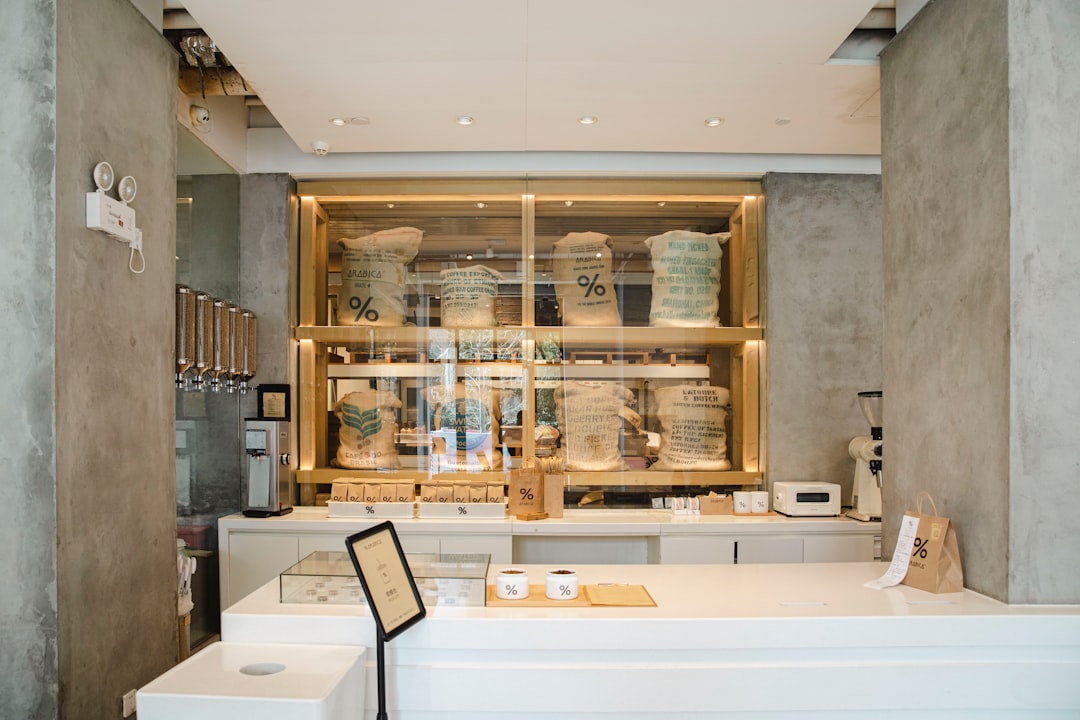
QR codes provide a direct, frictionless link from physical coffee shop experiences to digital rewards and engagement workflows, tackling the common pain point of missing high-value prospects who never fill out paper forms or enroll via apps. By moving from manually stamped loyalty cards, which are often lost or forgotten, to dynamic QR-powered journeys, operators ensure that every customer visit is captured, enrolled, and tracked in real time. This approach builds a richer understanding of behavior and preferences without adding friction to the checkout process.
When QR codes are embedded at key moments such as ordering, payment, and post-visit feedback, coffee shops can automate enrollment, personalize offers, and follow up with timely incentives. The result is a loyalty program that is consistently promoted, easy to join, and continually optimized. This guide focuses on replacing analog processes with a modern, data-driven flow that aligns with how guests actually behave in-store and on the go.
A unified QR platform supports this new standard of loyalty by consolidating code management, campaign tracking, and message orchestration. Tools like Sona QR’s product overview make it simple to update destinations, route by device, and sync scan data into your CRM for smarter segmentation and ongoing optimization.
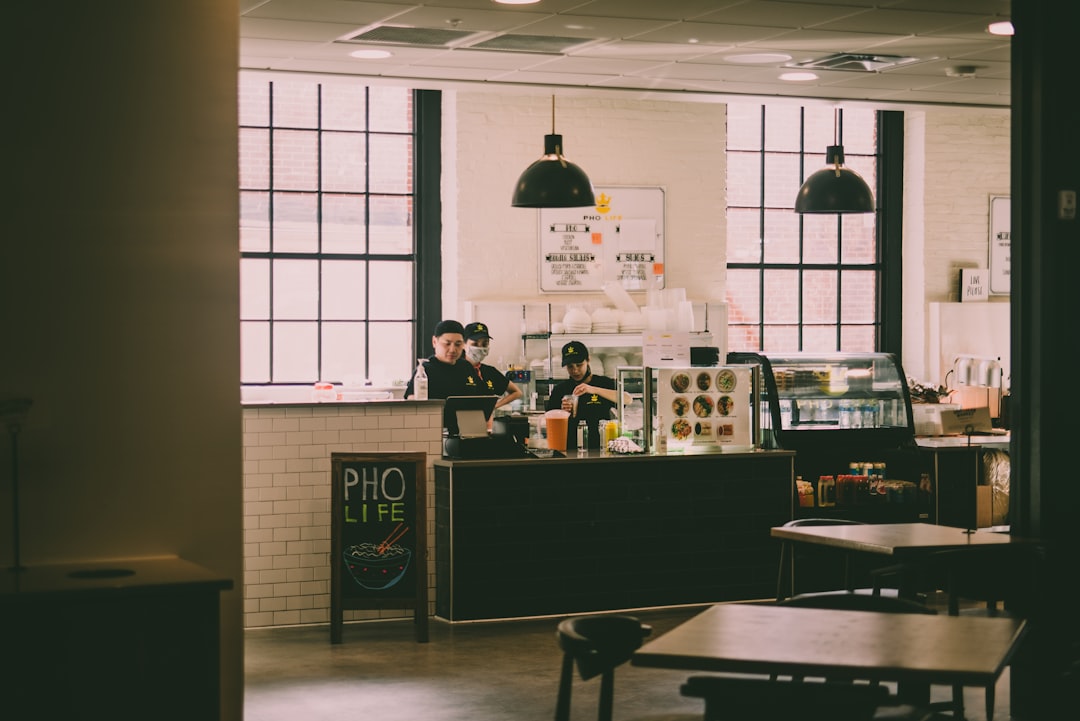
Coffee shops today face the dual pressure of enhancing the customer experience and demonstrating measurable results, yet lack of account-level data and anonymous traffic have historically hindered both. Without a reliable way to link in-store behavior to digital profiles, operators struggle to attribute sales, tailor offers, or even identify their most valuable visitors. The outcome is often reactive marketing, uneven messaging, and missed repeat business.
QR codes address these gaps by giving customers a fast, familiar way to take action without downloading an app. Guests can join a loyalty program, order from a mobile menu, or claim a personalized offer with a single scan, as outlined in QR benefits for cafes. For operators, each scan produces a timestamped, location-specific data point that can be linked to campaigns and customer records. This combination of simplicity for the guest and measurability for the business is the foundation of a modern loyalty strategy.
By addressing speed, measurability, and content freshness in one solution, QR codes help coffee shops create repeatable, data-backed programs that customers enjoy and operators can optimize without guesswork.
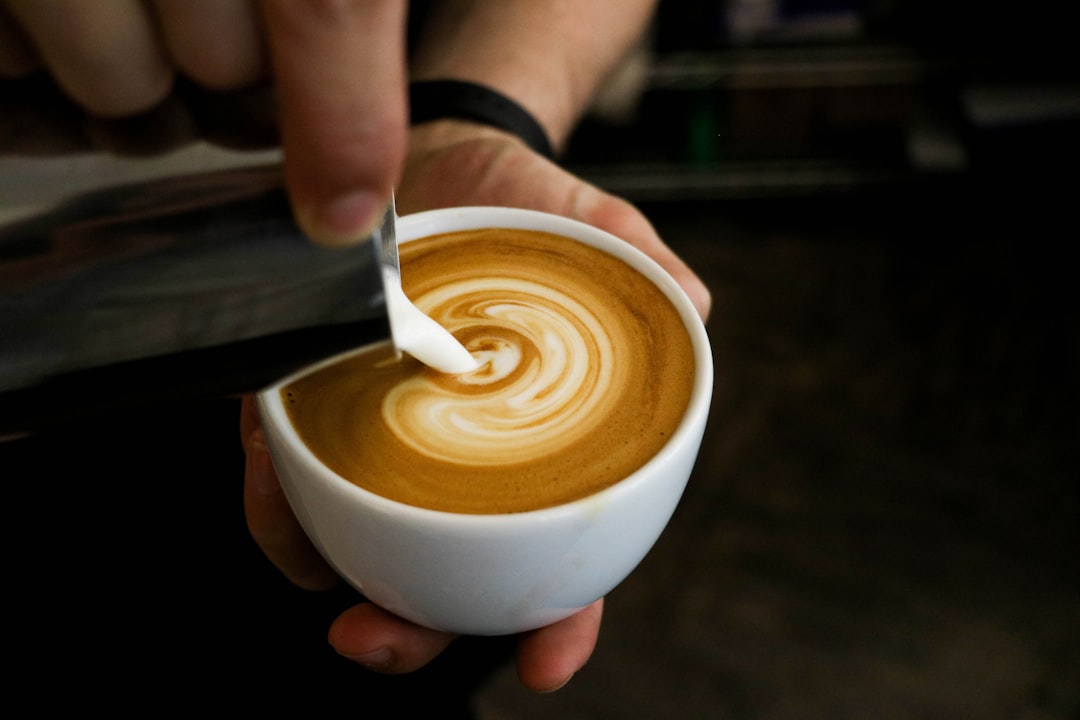
The QR format you choose should align with the guest action you want to trigger and the data you need to collect. Many coffee shops use a mix of formats to cover enrollment, ordering, and post-visit feedback, then centralize the data in a CRM. This approach avoids the fragmentation caused by standalone apps or generic analytics that cannot tie scans to outcomes.
Dynamic codes are particularly valuable in coffee environments where menus and promotions change frequently. With a dynamic destination, you can test different offers, rotate seasonal menus, and keep content aligned with inventory or weather without reprinting. That flexibility is especially useful for multi-location operators who need to localize offers.
Centralized platforms like Sona QR streamline the creation and management of these formats, allowing you to update content on the fly, apply tracking parameters, and roll out consistent, high-converting experiences across locations and materials.
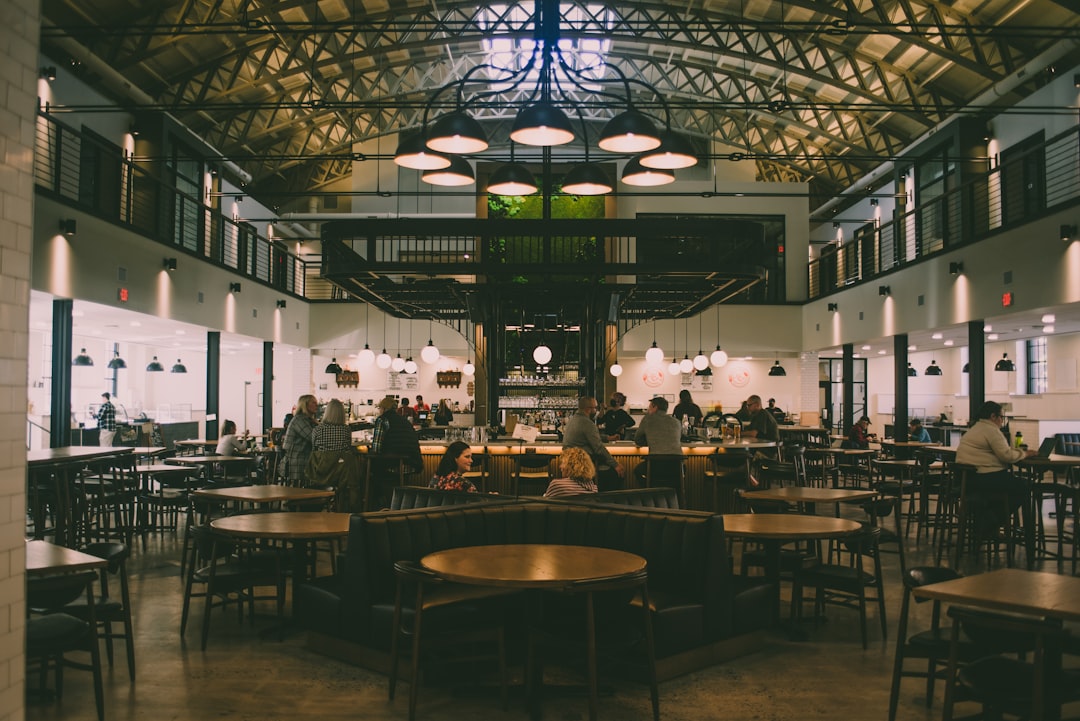
Coffee shops are rich with physical assets that customers already interact with daily. Yet many of these touchpoints are underutilized as drivers of acquisition and repeat business. By adding QR codes with clear calls to action, you can convert ordinary surfaces into measurable, high-intent moments that build your audience and boost revenue.
The right placement paired with the right message is critical. For example, a new guest at the window may respond to a first-visit reward, while a regular at the counter may appreciate early access to a seasonal drink. Distinct codes and offers by location and context help you personalize the experience and uncover which touchpoints truly move the needle, reflecting proven coffee brand strategies that deepen loyalty.
Each deployment doubles as an insight engine. The scans tell you which messages and placements resonate, so you can reallocate spend to what works and retire what does not.
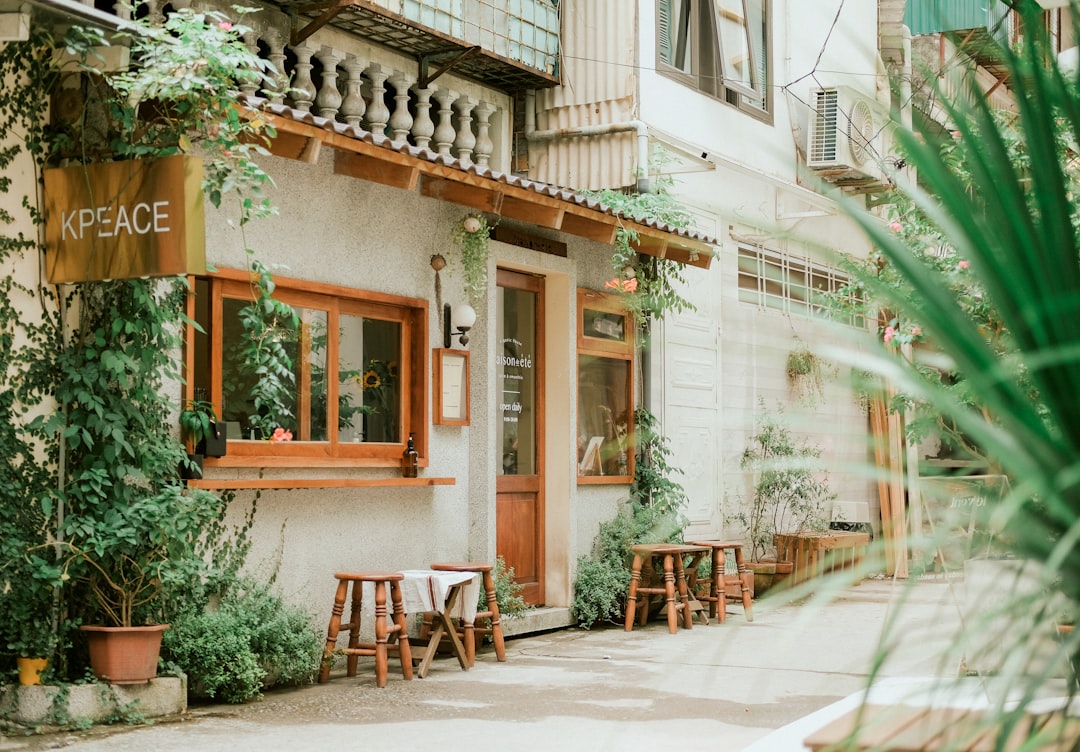
QR codes shine when they guide customers through quick, value-driven interactions that build your data foundation while improving the guest experience. The following use cases are field-tested ways to connect everyday moments to meaningful outcomes.
By aligning each use case with a measurable goal such as enrollment, average order value, or feedback volume, you can quantify impact and iterate. The more you streamline the journey, the more likely customers are to engage repeatedly and recommend your shop to others.
Each scan tightens the loop between action and insight. Over time, you build a living profile of your audience that fuels smarter promotions, better product decisions, and a more rewarding program.
Every scan is a signal. It reveals where the guest was, which message resonated, and what they were attempting to do. By deploying distinct QR codes across places and purposes, you can automatically build segments linked to real behavior rather than guesswork. These segments enable precise follow-up that respects context and timing.
For coffee shops, useful distinctions include dine-in versus takeaway, morning commuters versus afternoon students, and seasonal explorers versus everyday loyalists. As you gather more signals, you can refine cadence and content to match expectations and improve conversion efficiency.
A centralized platform like Sona QR can unify these segments with your CRM and analytics, ensuring that each scan enriches a profile and that your retargeting engine stays fresh and effective.
Disconnected campaigns frustrate customers and dilute results. QR codes act as connective tissue, attaching a measurable action to each offline touchpoint and guiding customers to the next best step. With consistent tagging and CRM integration, you can stitch together a cohesive journey from attention to action.
In a coffee shop setting, this means harmonizing front-of-house signage, printed materials, social posts, and email offers so each channel reinforces the others. When a customer sees a seasonal drink in the window, receives an email about it, and notices a code on the menu for a discount, conversion becomes natural and measurable.
When analytics and CRM are tightly connected, every scan advances the customer journey and contributes to a unified profile. Platforms like Sona QR help you manage codes across channels, monitor performance centrally, and keep messaging synchronized.
Many QR initiatives stall due to fuzzy goals, generic placements, and a lack of post-scan follow-through. A simple plan keeps your team aligned and ensures that each code you print or post contributes to a business outcome you can measure.
Think of this as a repeatable sprint. You identify a clear use case, choose the right code type, design and test for real-world conditions, deploy across high-impact placements, and optimize continuously. The more cycles you run, the smarter and more profitable your QR program becomes.
Start by selecting one concrete goal so your campaign has a clear success definition. Common coffee shop goals include loyalty enrollment at the counter, bounce-back offers on cups, and post-visit feedback via receipts. Each one maps to a distinct customer moment and requires a slightly different destination and message.
The choice between static and dynamic codes affects how you manage and measure your campaign. Static codes are fine for permanent, unchanging destinations. Dynamic codes are preferable when you need to update content without reprinting, track performance, or run A/B tests.
Design influences whether people notice the code and understand what to do. Visual framing, contrast, size, and concise copy all contribute to scan rates. Testing in the real environment prevents the avoidable issues that sink many campaigns.
Placement determines who sees your codes and in what mindset. Choose locations that match the behavior you want, and use unique codes by placement to measure performance precisely.
The first version of any campaign is a hypothesis. Treat scan data as feedback that helps you refine creative, placement, and offers. Regular reviews will reveal which touchpoints deserve more investment and which should be retired or reworked.
By following these steps, you replace guesswork with a disciplined process that compounds results across campaigns and locations.
Without robust tracking, coffee shops risk never knowing which investments generate true ROI or which customers are likely to churn. QR codes create a clean digital signal at the moment of offline engagement. When connected to your POS, CRM, and marketing tools, that signal becomes the backbone of measurable loyalty and growth. Sona is an AI-powered marketing platform that turns first-party data into revenue through automated attribution, data activation, and workflow orchestration.
The goal is to move beyond counting scans to linking engagement with conversions and revenue. This means tagging codes by placement and campaign, enriching profiles with each interaction, and attributing in-store purchases to upstream touchpoints. With the right setup, you can prove what works and confidently scale it.
Platforms like Sona QR and Sona.com simplify this pipeline by capturing scan metadata, syncing with your CRM, and connecting offline interactions to online behavior. The result is a clear, trusted line from scan to sale.
Small execution details can be the difference between a QR program that merely exists and one that drives measurable growth. Focus on visibility, context, and automation to lift scan rates and conversion, then scale what works across your footprint.
Staff enablement is also essential. When team members can explain the benefit of scanning in a sentence and point customers toward the code, adoption climbs. Pair that with instant rewards or valuable content so the experience feels worthwhile from the very first scan.
With these practices in place, each campaign becomes easier to execute, more predictable in its outcomes, and more valuable to your bottom line.
Coffee shops of all sizes are integrating QR codes into their daily operations to overcome legacy data gaps and create engaging, measurable programs. The following examples illustrate how thoughtful placement and messaging can produce immediate wins.
Drawing inspiration from peers helps you avoid reinventing the wheel. Adapt these ideas to your brand voice, customer base, and store layout, then iterate based on what your analytics reveal about real-world behavior. For additional perspective, explore coffee marketing ideas.
These examples underscore a consistent theme: QR codes help coffee shops capture intent where it happens and convert it into loyalty-building action.
A successful QR initiative depends on clarity, context, and continuous improvement. Before printing anything, decide exactly what you want a guest to do and how you will measure the result. Then design your code, CTA, and landing experience to make that action obvious and rewarding.
Avoid common traps such as burying codes in cluttered designs, sending all scans to a generic homepage, or skipping post-scan automation. Treat every scan like the start of a conversation. If you deliver immediate value and follow up thoughtfully, customers will keep engaging.
By internalizing these principles, you will avoid wasted print runs, confusing experiences, and poor adoption, while building a durable program that customers value.
For coffee shops looking to move beyond basic engagement and stand out in a crowded, fast-evolving market, QR codes offer a path forward. When thoughtfully executed, they reframe every customer touchpoint as a chance to gather actionable insights, reward loyalty, and tell relevant, consistent stories across physical and digital channels. A successful program pairs low-friction scans with clear incentives, then connects the data to your CRM so each interaction strengthens the relationship.
QR codes unlock far more than convenience for today’s coffee shops; they solve industry-wide challenges around missed opportunities, anonymous traffic, and disconnected campaigns. By making every scan a source of measurable data, shops deliver a loyalty journey that is simple for customers and growth-oriented for owners. With centralized tools like Sona QR and Sona.com, you can manage codes at scale, update content instantly, and attribute scans to revenue, turning a simple square into a strategic engine for retention and profitability. Start creating QR codes for free.
If you build with intent, design for speed, deploy in high-impact placements, and measure relentlessly, QR codes will become one of the most reliable levers in your marketing and operations toolkit. The next best time to start is your next print run.
QR codes have transformed coffee shops from simple service points into powerful loyalty-building hubs. By seamlessly rewarding repeat customers, enhancing in-store interactions, and delivering personalized offers, QR codes elevate the coffee shop experience while driving sustained patronage and increased sales. Imagine instantly recognizing your most loyal customers and rewarding them in real time — turning every cup into an opportunity for deeper connection and growth.
With Sona QR, coffee shops can create dynamic, trackable QR codes that update campaigns on the fly without costly reprints. Every scan connects directly to valuable insights, helping you optimize loyalty programs, tailor rewards, and measure which promotions truly boost repeat visits. No more guesswork — just smarter engagement that turns casual visitors into lifelong fans.
Start for free with Sona QR today and brew loyalty like never before, one scan at a time.
QR codes provide fast, app-free access to loyalty programs, mobile ordering, and personalized offers, creating seamless, personalized interactions that capture data and enhance engagement without adding friction.
QR codes enable mobile ordering directly from tables or menus, capturing customer preferences, speeding up service, reducing errors, and allowing shops to update menus dynamically without reprinting.
Digital coffee cards using QR codes eliminate the risk of loss or forgetting, allow instant enrollment and rewards, track visits in real time, and provide richer data for personalized offers compared to manual punch cards.
Coffee shops can place QR codes on cups, receipts, menus, window signage, and direct mailers with clear calls to action, use dynamic content to keep offers fresh, segment audiences by scan context, and integrate scans with CRM for personalized campaigns.
QR codes replace paper punch cards and manual tracking, reduce printing and staff time costs, automate enrollment and follow-up, enable real-time campaign updates without reprinting, and provide measurable data to optimize marketing spend.
Use Sona QR's trackable codes to improve customer acquisition and engagement today.
Create Your FREE Trackable QR Code in SecondsJoin results-focused teams combining Sona Platform automation with advanced Google Ads strategies to scale lead generation

Connect your existing CRM

Free Account Enrichment

No setup fees
No commitment required

Free consultation

Get a custom Google Ads roadmap for your business






Launch campaigns that generate qualified leads in 30 days or less.
